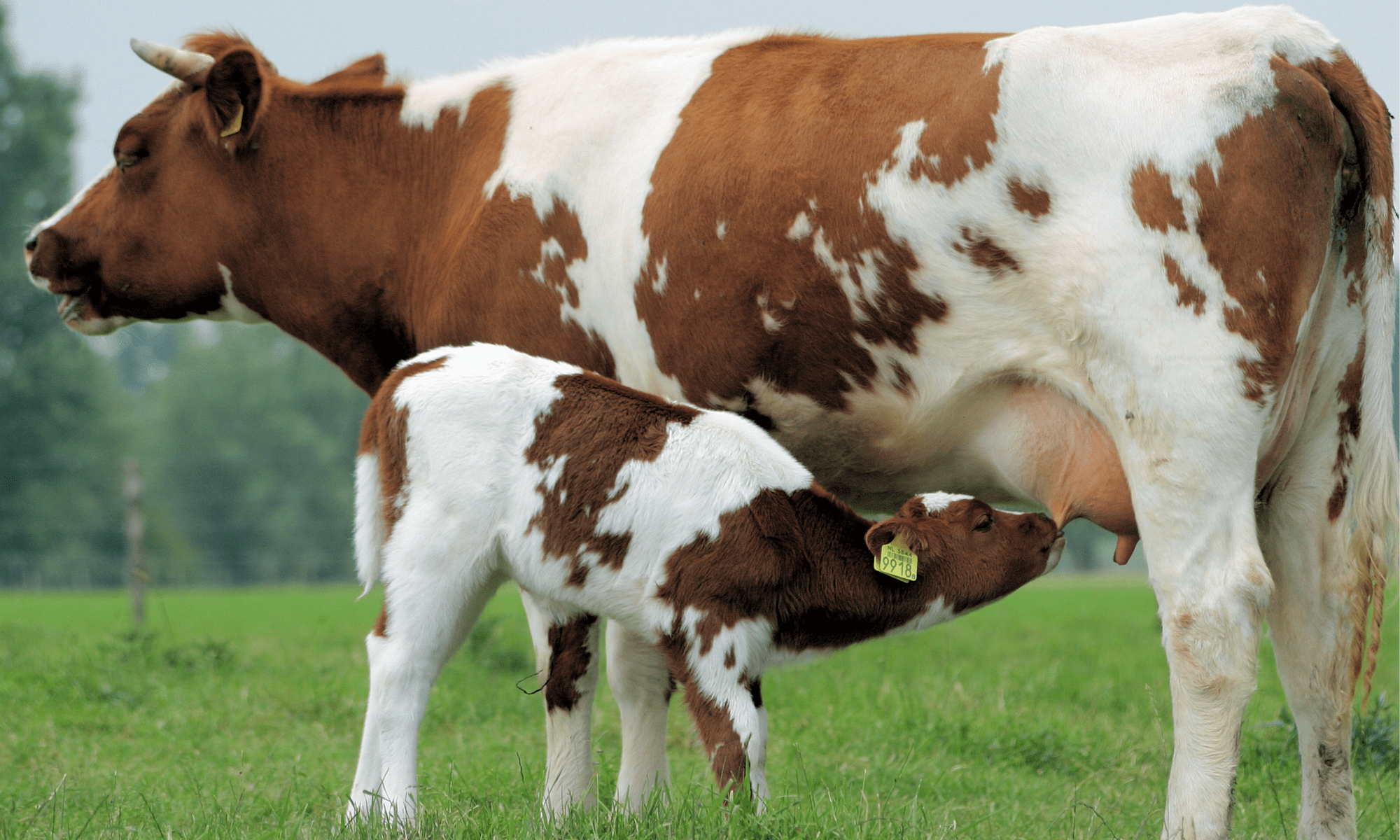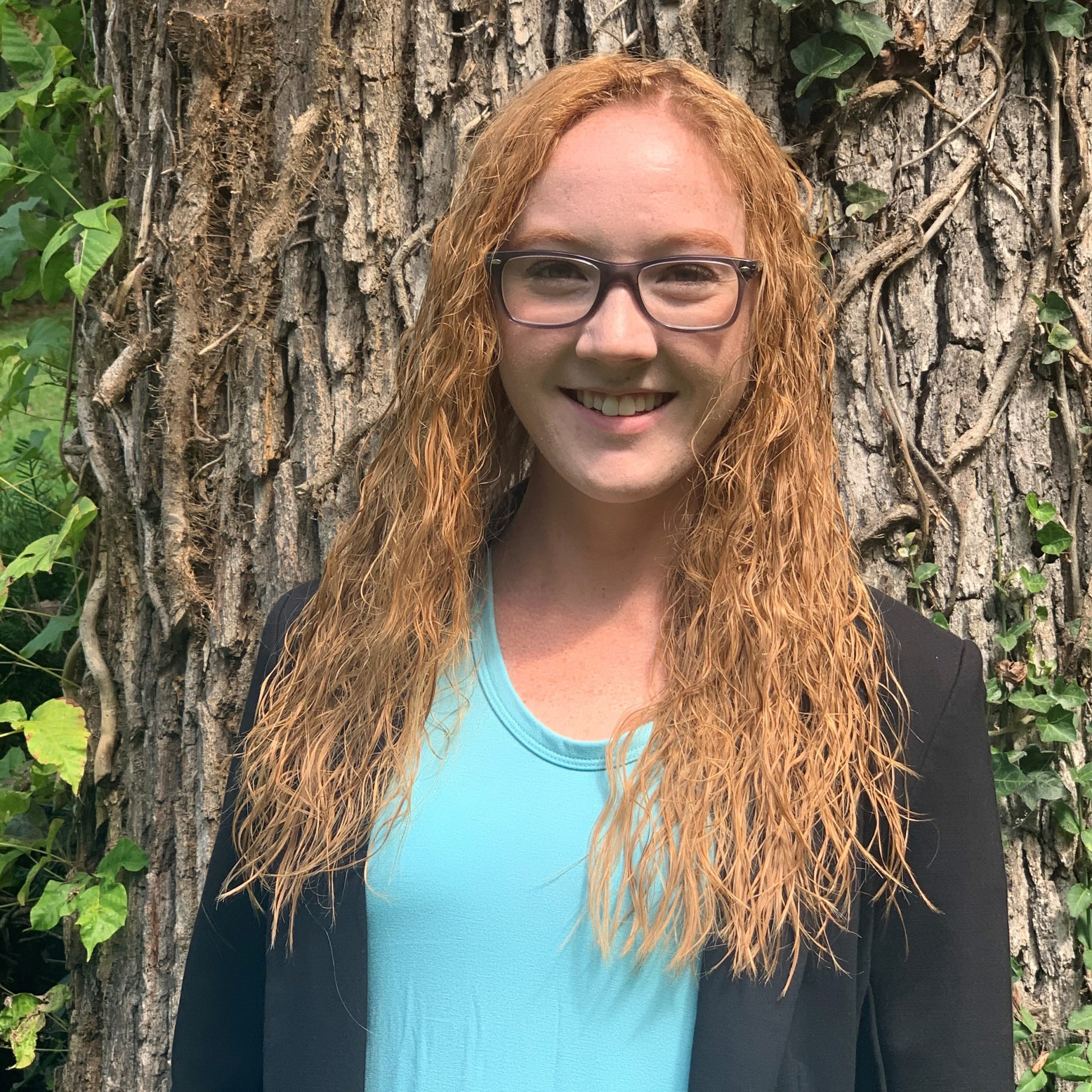
Check out today’s short writing by Caitlin Zaring for the Annual American Dairy Science Association meeting held virtually last month. Caitlin is a second-year Master’s student in Animal Science under the mentorship of Dr. Elizabeth Eckelkamp and the Treasurer for the ADSA Graduate Student Division. Originally from Knoxville, TN, she holds an Associate’s degree in Science from Roane State Community College and a Bachelor’s degree in Animal Science from the University of Tennessee.
Animal Health Joint with NMC: Management Strategies to Enhance Health of Dairy Cows During the Transition Period
By Caitlin Zaring
Tuesday morning’s symposium Animal Health Joint with NMC: Management Strategies to Enhance Health of Dairy Cows During the Transition Period was lead by Dr. Eduardo De Souza Ribeiro of the University of Guelph. Approximately 130 participants tuned in to hear talks from four esteemed speakers Dr. Fernanda C. Ferreira of UC Davis, Dr. Julio Giordano of Cornell University, Dr. Brandon Treichler of Select Milk Producers, and Dr. Han Mulder of Wageningen University in the Netherlands. Dr. Fernanda C. Ferreira started with a talk regarding the economics of transition cow diseases. After pointing out the high variability within the literature for incidence rates of diseases, she discussed how the definition of the different transition cow diseases are varied, and their recordings are scattered. All these factors lead to an uncertainty behind transition cow diseases despite the number of studies. Dr. Ferreira then discussed in the talk and with the audience how the theoretical numbers behind the cost of a transition cow disease, or any other disease for that matter, varies based on the farm. This is a typical extension answer, “it depends.” It is known that diseases lead to ineffective production and when considering disease cost, prevention cost should be tied in after other factors such as resources and labor. Following Dr. Ferriera, Dr. Giordano discussed precision technologies to improve health monitoring and management of transition diseases. Precision technologies such as ankle monitors and neck collars have been used for years now. Still, as other researchers have also found, Dr. Geiordano’s group has found that this equipment carries a wide variation. For example, there was an 89-98% detection rate of internal diseases such as displaced abomasums when measuring rumination behaviors. However, with metritis and mastitis, there was only a detection rate of 55 and 58%, respectively. The efficacy of precision technology to identify a sick cow depends on the type of disorder and its severity. The algorithms are more likely to identify such cows if there is more than one disorder because more than one parameter may be flagged. He suggests that using precision technologies along with other protocols can be of benefit. The third speaker, Dr. Treichler, discussed working with automatic milking systems, also known as robotic milkers. Specifically, he discussed transition cow protocols if one has a robotic milker as they are different than traditional milking parlors. During his talk, he had two big questions to consider. Firstly, where will the producer perform the dry-off procedures? The robot is not the ideal spot for various reasons, including human safety and the risk of keeping the area aseptic. Secondly, how long producers make the fresh cows wait to be milked, and where will they collect the colostrum? These are important questions when determining a fresh cow protocol with a robotic milking facility. The other important point he made is that many robotic dairies suffer from poor teat end health. In speculation, this may be due to managers not being hands-on like they would if they were milking daily. However, the robots can monitor this, but the manager must actively think to check and utilize this data. The final talk was given by Dr. Han Mulder, who discussed the “resilience” trait in dairy cattle. He described resilience as the ability of an animal to be minimally affected by stressors and have a brief recovery period from the stressors. Daily milk yield can be used to help determine a cow’s resilience. Disturbances and stresses manifest in a decreased milk yield, and resilience is defined in part by how quickly the milk production levels out again. Having resilient cows has economic value because they need less labor, treatment, and attention from humans and precision technology alike, allowing for resources elsewhere. This resilience trait may be used in genetic selection as part of a measure to prevent production losses from disease. This symposium began by outlining the economics behind why we as scientists and producers should care about transition cow diseases and gave a few suggestions on managing cattle to manage these diseases. By understanding the economic pitfalls of transition cow disorders, breeding for more resilient cows, and using precision technology to refine existing protocols, we can combat the incidence of transition cow diseases and promote healthier and more profitable herds. Caitlin Zaring is a Master’s student in the Department of Animal Science at the University of Tennessee under Dr. Elizabeth Eckelkamp. She holds a B.S. in Animal Science from the same institution and an A.S. in Biology from her local community college. Her survey-based research describes the state of value-added dairy enterprises and consumer preferences for value-added dairy products in Tennessee.
